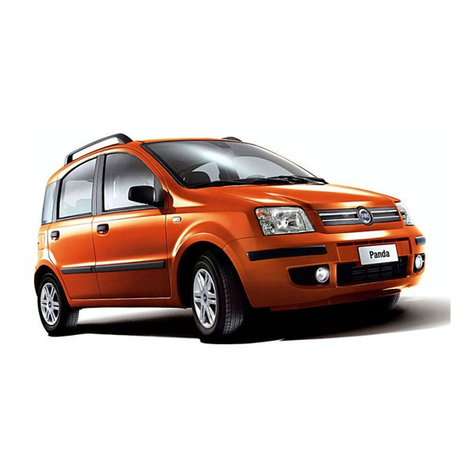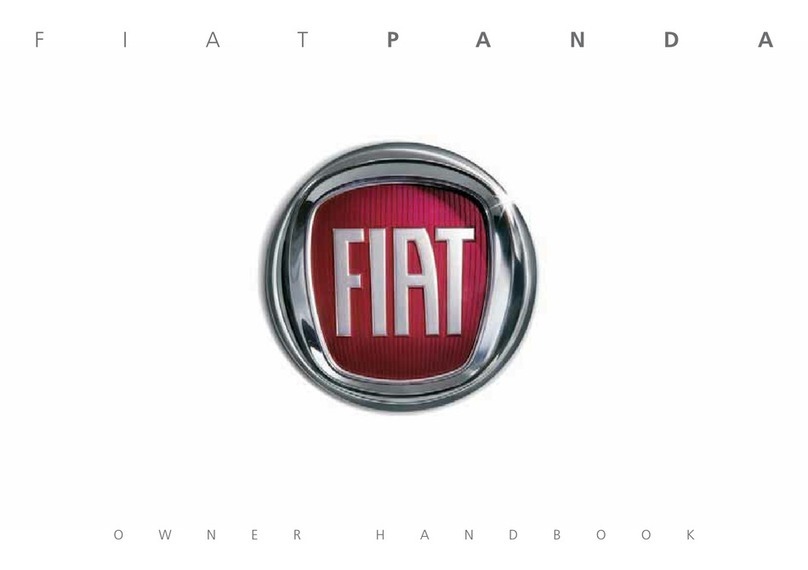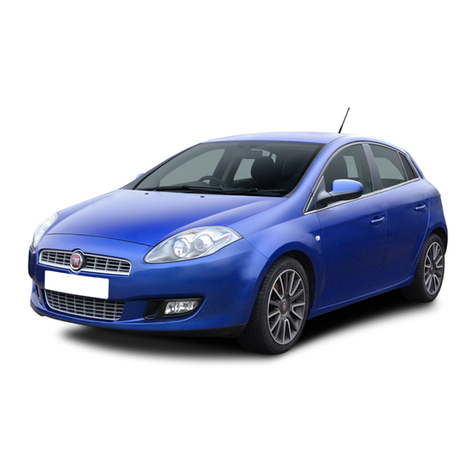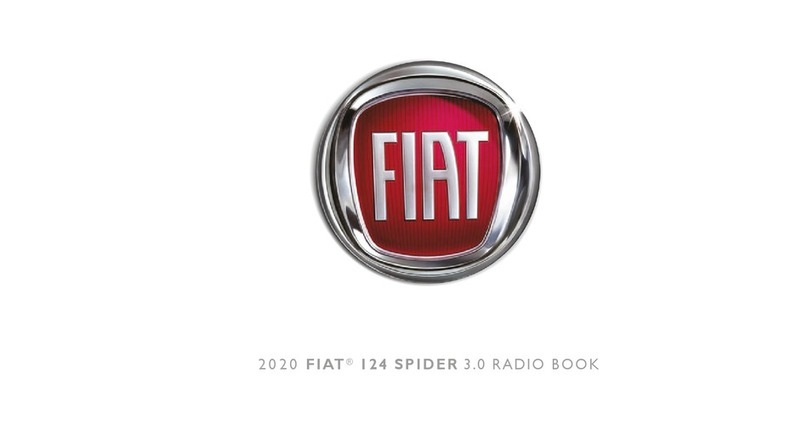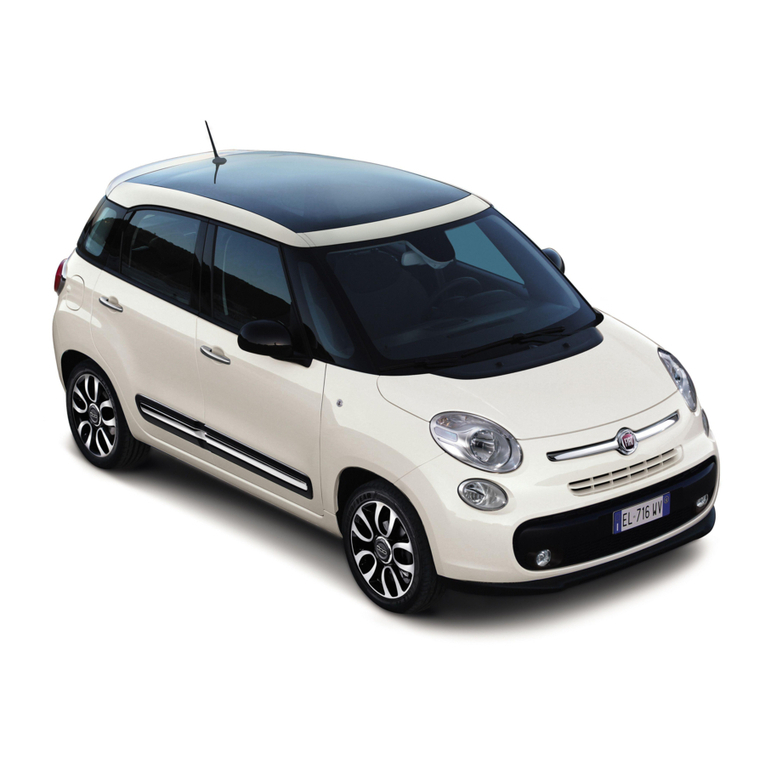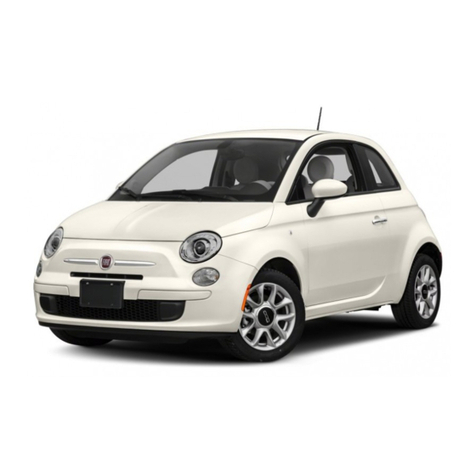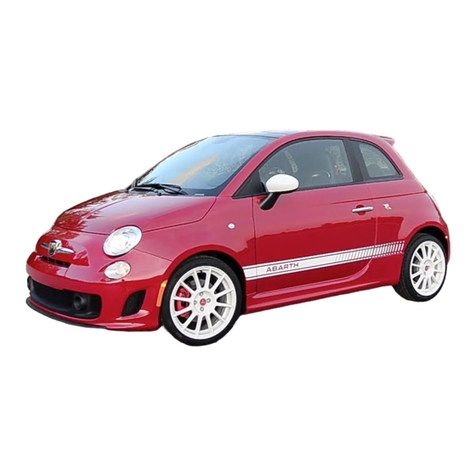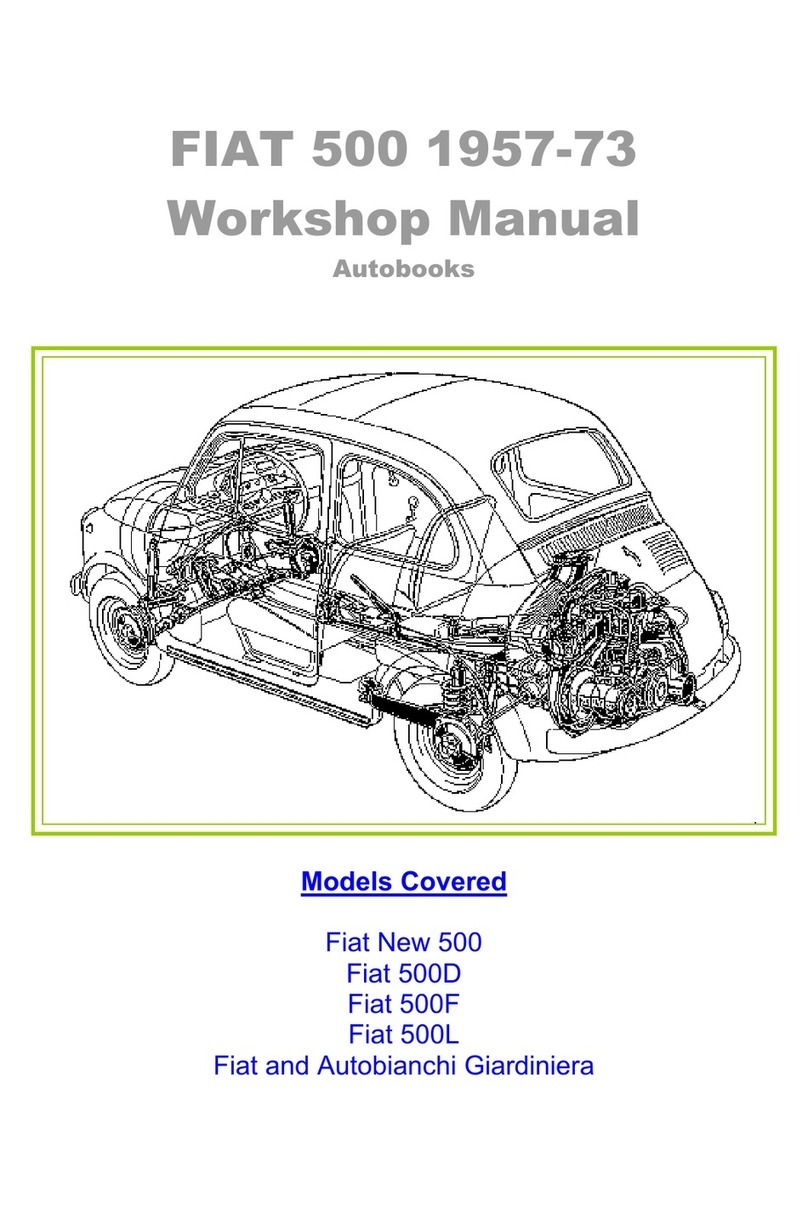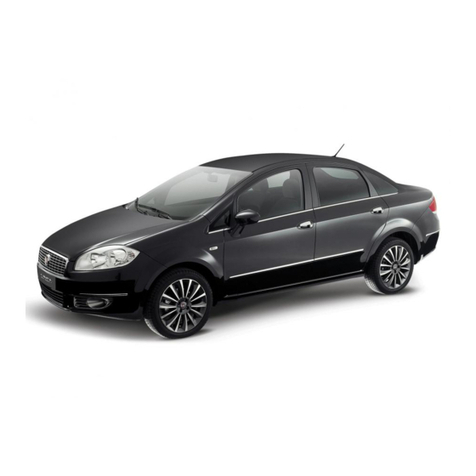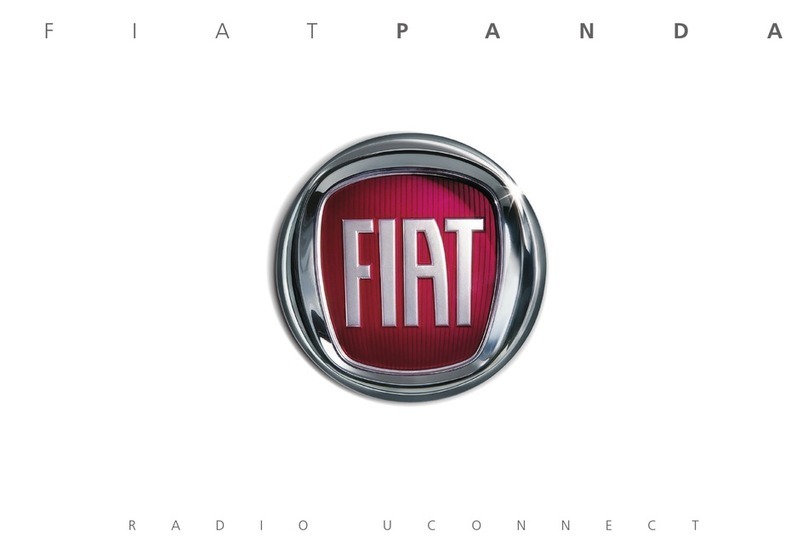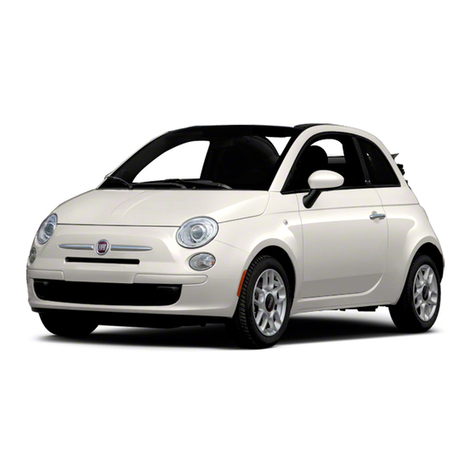
To prepare the
XI
19 for SCCA production racing, the car
must first be stripped down completely to the bare body
structure. Then it can be modified and re-assembled. All
non-essential parts are left out in order to reduce weight,
unless required by SCCArules. The suspension ismodified
to lower the car and optimizesuspension geometry within
rules constraints. The brakes are modified to improve ef-
ficiency and heat rejection, and to allow front to rear
brake bias adjustment.
A
complete roll cage is incorpora-
ted into the body structure to comply with SCCA safety
rules and to stiffen the body structure. Fiberglass fender
flares are added to cover the wider racing wheels and tires
and to comply with SCCA rules.
REAR SUSPENSION
The SCCAproduction rules allow anumber of suspension
changes including relocating the position of the inboard
suspension pick-ups, substituting snock absorbers and
springs, eliminating the rubber in suspension bushings
and the addition or modification of anti-roll bars. Work-
ing within these rules, the car should be lowered as much
as practical and suspension pick-ups modified to regain
acceptable suspension geometry control in the lowered
condition.
Rear SuspensionBodylFrameModifications
After stripping the car downtothe bare bodylframe struc-
ture and setting it on stands, the rear suspension modifi-
cations can be started. The object of this modification is
to lower the rear of the car
1-112
inches, in addition to
the dropinheight achieved by using smaller diametertires,
and to end up with approximately stock camber change
as a function of wheel deflection,
A simplified discussion of strut suspension geometry
will explain the need for relocating theinboard suspension
points to maintain good geometry control with alowered
car. First it is necessary to remember that, neglecting the
effectsof camberchange as afunction of wheel deflection,
when the car leans to the outside in a corner, the wheels
will lean with it and the outside wheels will go topositive
camber. This reduces the effective tire contact patch and
loses lateral adhesion. Thus, it is desirable to have the
camber change in a negative sense, when the wheel is de-
flected upward from its normal static position. This ef-
fect plus the initial negative camber adjusted into the
suspension will help to compensate for the positive cam-
ber introduced by chassis lean in cornering.
With the strut type suspension, negative camber is in-
duced by moving the bottom of the strut outward as the
wheel is deflected upward. This can be accomplished by
having the outer attach point, of the lateral control arm,
lower than the inner attach point, at the chassis. Then,
when the wheel moves upward, the outer end of the con-
trol arm will move outboard, in an arc about the inner
attach point.
The effective kingpin inclination, towards the inside
at the top, also helps induce negative camber as the strut
gets shorter. Lowering the car to achieve a lower center
of gravity by using shorter springs increases the effective
kingpin inclination, which is desirable; however, it also
lowers the inboard pick-ups of the lateral controlarm rel-
ative to the outboard pick-up at the strut. Thisis undesir-
able because it reduces the gain in negative camber as
the wheel deflects upward. However, by relocating the
inboard transverse pick-up point at the chassis, this un-
desirable effect can be alleviated. The inboard pick-up
should be raised the same amount as the car was lowered
by shortening the nominal working length of the struts.
The rear transverse control arm has twoinboard pick-
